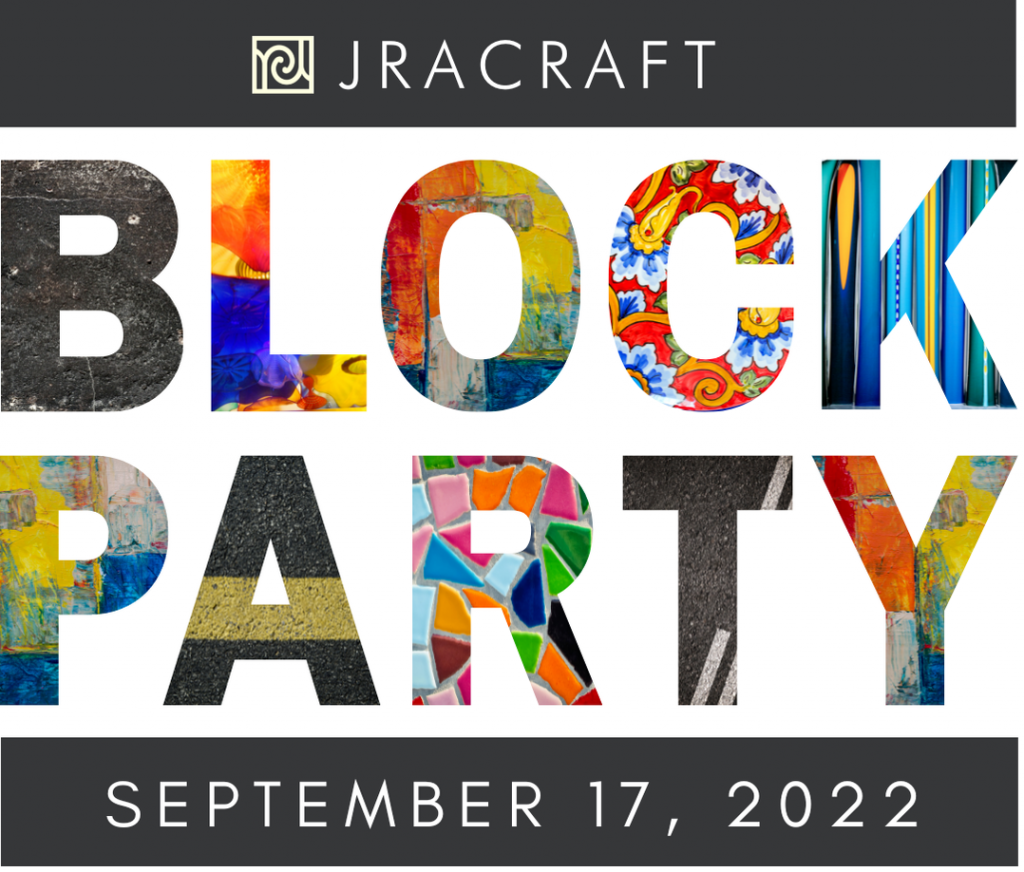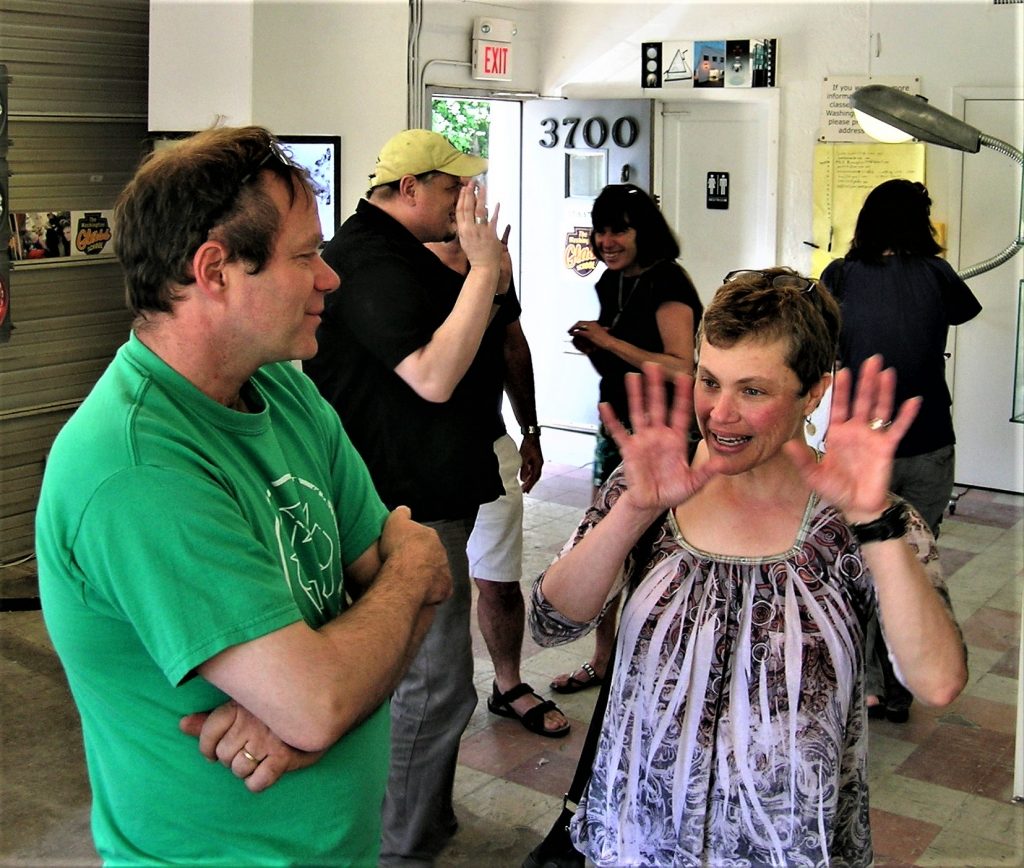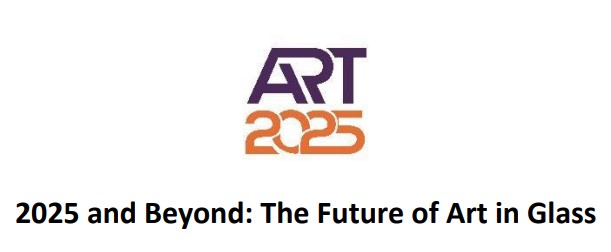
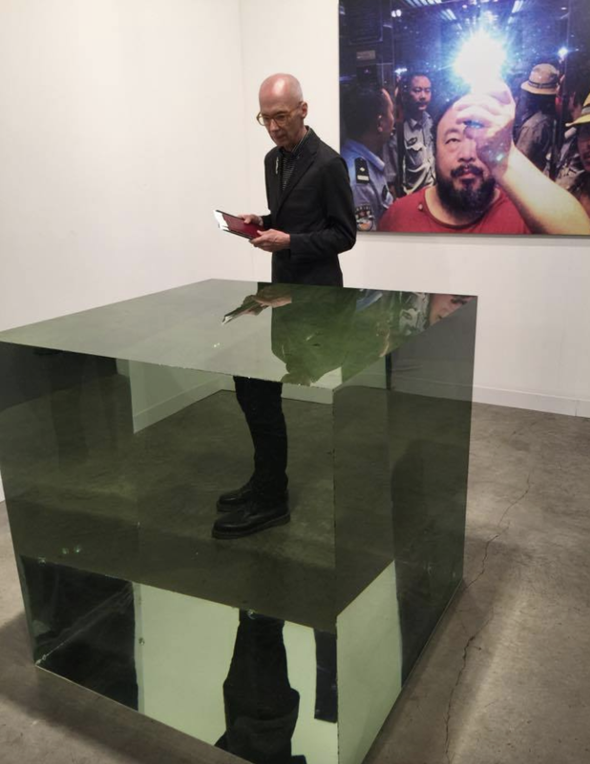
ART2025 impetus: We can’t predict the future, but we can create it.
As a group of artists, curators, collectors, and appreciators of artwork in glass, we are working together to develop ART2025, an international opportunity to investigate the future of this artwork through exhibitions, installations, publications, and a virtual conference. This document is designed to establish an intellectual framework as well as specific targeted goals of the ART2025 project.
Overview
We have chosen the year 2025 as an optimal time to start exploring significant shifts we have noted between 20th and 21st century glass art. 2025 represents a quarter century in the development of 21st century art. We feel this gives us sufficient perspective to look back and also predict how the art might evolve in the future by exploring its geography, aesthetics, and impact. We intend to help encourage, organize, and promote exhibits in museums around the world as well as lectures and discussions about this evolution, held in public and virtually. These exhibits and discussions will take stock of developments small and large, individual, and cultural, with artists working in the material of glass, and artists outside of the glass world stretching the boundaries of glass even further. In addition, digital and print publications will delve into the unique place that glass art in the 21st century holds and where it is headed.
Although this plan is eventually intended for diverse audiences, our first goal is to reach museum curators and encourage them to participate. Secondary targets are artists and collectors who might be willing to collaborate. We wish to reach curators, collectors, and artists who have been exclusively devoted to glass as well as those interested in other art forms that incorporate glass in some way. These forms might include performance and/or digital art, ceramics, painting, and sculpture. Eventually, we hope to connect to anyone who has an interest in the art of the 21st century and the expanding role that glass is playing, not only esthetically but culturally, socially, and politically. ART2025 is a movement steered by William Warmus, Tim Tate, and Merrily Orsini (see brief bios at end). This Paper was developed with the assistance of a group of curators, artists, collectors and advisors through a series of Think Tank discussions that are ongoing.
ART2025 asks all of these audiences: What has the contemporary art world of the 21st century, as expressed through glass, revealed from your vantage point? What is unique to art in the 21st century? What challenges are ahead?
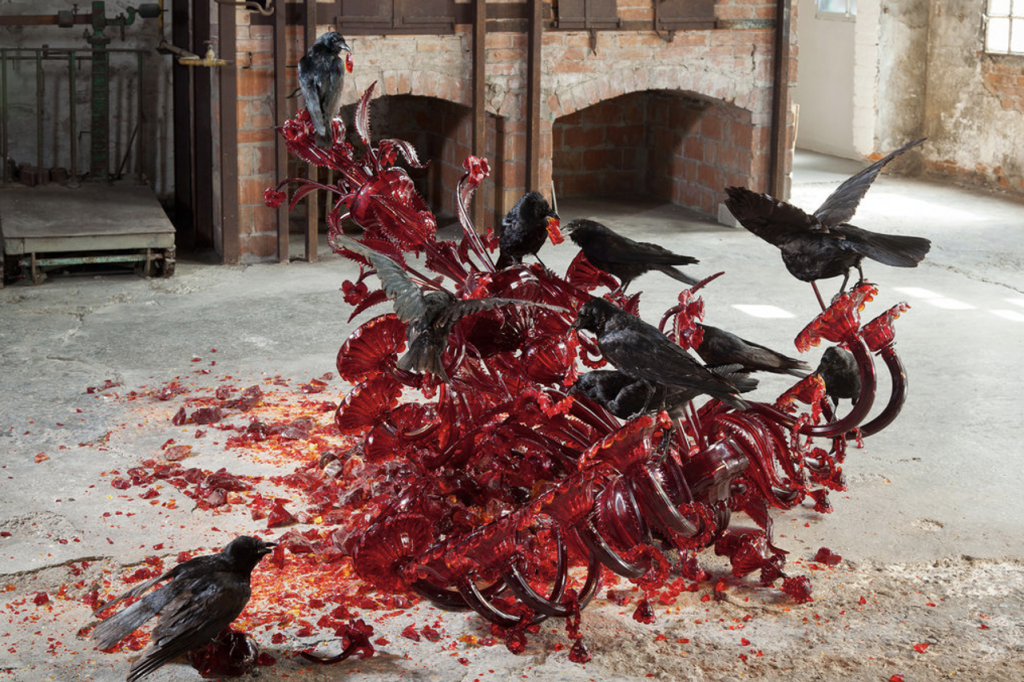
Project Guidelines
We are encouraging curators and museums to participate by developing programming that includes 21st century artworks in glass. We have evolved a few guidelines that establish our definition of 21st century art. It could be:
1. Art made since 2000.
2. Work made by artists who emerged in the 21st century, whose reputations have become established since 2000.
3. Art that explores 21st century themes.
Some examples of these themes, suggested by our Think Tank, include art that addresses or is influenced by:
● The universality of the digital world.
● The rise of social media.
● The introduction of the iPhone and other smart phones.
● The globalization of the art world through proliferation of media and ease of travel within the US and Europe.
● Challenges to the “Western” (European and Euro-American) canon.
● The rise of social practice art.
● The rise of the art fair.
● The growth of the art market particularly in contemporary art.
● The rise of contemporary art within mainstream consciousness.(examples: Murakami and Yayoi Kusama)
● Postmodernism and dissolution of the “art movement”.
● A return to figuration especially in art which deals with the underrepresented/marginalization of the artist.
● An embrace with, and break away from, the era of modernism and hierarchical thinking.
● Art that addresses social and societal issues.
● The expansion of women, people of color, and LGTBQ individuals who are active and visible in all art forms, including glass.
For museums, we hope that this project represents:
● A call to collect and display all forms of art in their permanent collections.
● A challenge that museums have an obligation to address the realities of this expanding art universe.
● Encouragement for complete, non-hierarchical ecosystems of art, as something new (not only of the 20th century and before).
● The opportunity to show a complete ecosystem of art; not just paintings, but sculpture, glass and fashion, white and black, queer and unqueer, all in the same galleries.
Examples of suggested programming (exhibitions or events) for museums and other arts organizations:
● Mid-career retrospective exhibitions of artists.
● Argentinian glass, which has blossomed in the 21st century.
● A grand survey of glass in China.
● What is happening in Africa.
● A small select show comparing the 1925 Art Deco era to our 2025 era.
● A show of the American artists from Glasstress in Venice.
● 21st century architecture constructed with glass as the spectacular focal point.
● An Olafur Eliasson exhibition focusing on his glass and installations. (Warmus would love to curate such a show for interested institutions.)
● Glass artists from the 21st century fine art shows. (Olafur Eliasson, David Hockney, Kiki Smith, Damien Hirst, Joyce Scott, and Gerhard Richter, as examples.)
● A show of winners and other participants of the Blown Away series on Netflix.
● An LGTBQ glass show (names provided if you need them).
● A show focusing on kiln cast work that tells stories.
● How abstraction has evolved in glass from the late 20th into the 21st century.
● Exhibitions that compare and contrast 20th and 21st century glass. For example:
- How the approach to the environment has evolved.
- A discussion of the changes in narrative.
- How art responded to the 1918 pandemic compared to our response to the 2020 pandemic.
- Two (or more) collections compared: one formed mostly in the late 20th century, one formed primarily of work made after 1999 .
- 5 artists to watch in the 21st century.
- An exploration of how social media has transformed the ways we interact as an art community.
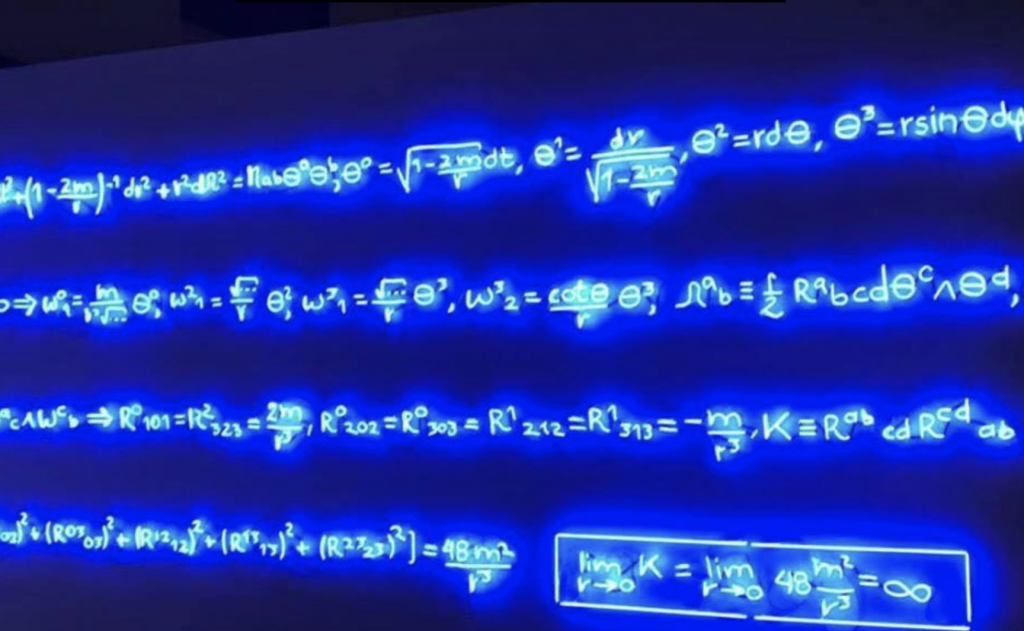
ART2025 Committee Contributions
The ART2025 organizing committee will:
● Serve as promoters, conveners, connecters, and documenters.
● Establish a web presence, hosted on the (working with an established art organization at present to be announced later) webpage, which lists all related programming around the world.
● Promote these events through our extensive mailing list as well as the ART2025 accounts on social media.
● Offer to connect museums and curators with artists, traveling exhibitions, and independent curators who can address this topic for a range of budgets and exhibition spaces.
● Help to organize a conference to share scholarship and artwork relating to our themes.
At the end of the projects, recognizing that despite technological advances, the internet remains ephemeral, we hope to create a book to record these efforts and to celebrate all of our participants.
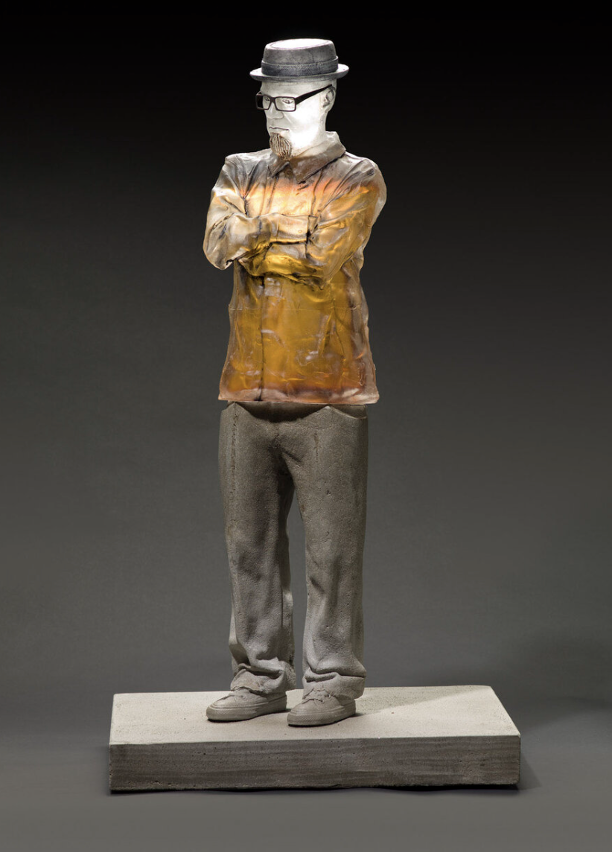
In Conclusion
There is something about a silver anniversary that makes a look forward essential to understanding our accomplishments. The French realized this in 1925 when they held a World’s Fair whose name, The International Exhibition of Modern Decorative and Industrial Arts (Exposition Internationale des Arts Décoratifs et Industriels Modernes) showcased the avant-garde in architecture and the applied arts, defined Modernism, and gave the world the style now known as Art Deco. There were 15,000 exhibitors, and over 16 million people visited the Expo. In short, 1925 was a seminal year in art of the 20th century. We are proposing that ART2025 accomplish this and more, given the expanded possibilities for communication, display, and connection offered by the internet.
In 1925, the thousands of exhibitions found their way to Paris. In the 21st century we rely on the internet and social media to interconnect this web of institutions and museums into a single body of like-minded curation. This makes each institution connected to something larger than just a single show but part of an international movement.
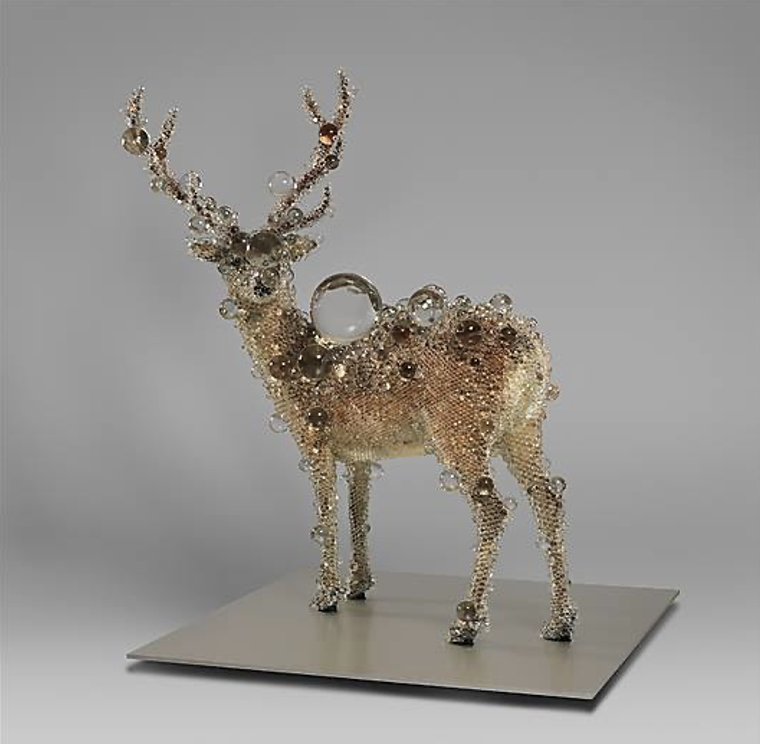
Next Steps
● September 16, 2022: A presentation for AACG that will be housed on YouTube so we can send links to our growing mailing list (join and register at contempglass.org).
● September 21, 2022, 1 pm EDT: An open Zoom event for museums, galleries, and artists to continue to spread ideas and make plans.
Register in advance for this meeting: click on link HERE
ART2025 Creator Bios
William Warmus
William Warmus is a Fellow and former curator at The Corning Museum of Glass. The son of a glassblower at Corning Incorporated, he studied with art critic Harold Rosenberg and philosopher Paul Ricoeur while at the University of Chicago.
Warmus became the curator of modern glass at The Corning Museum of Glass in 1978, and curated three landmark exhibitions: New Glass, which was also shown at The Metropolitan Museum of Art and at the Louvre; Tiffany’s Tiffany, which focused on the masterpieces Tiffany had in his home and studios; and the first major exhibition in North America of Emile Gallé’s work. He is the founding editor of New Glass Review.
Since leaving the Museum, Warmus has pursued a career as an independent curator, historian, and appraiser, specializing in modern glass, abstract art, and the aesthetics of the natural environment. The New York Times profiled him as a “Stylemaker,” while the University of Chicago magazine described him as a classical modernist. He is the author or co-author of more than 15 books, including biographies of Tiffany, Lalique, and Chihuly.
Warmus lives near Ithaca, NY. Warmus was the editor of Glass Quarterly, faculty member and visiting artist at the Pilchuck School of Glass, executive secretary of the Glass Art Society and board member at UrbanGlass. He is the recipient of the AACG award for outstanding contributions to contemporary glass. Warmus is a featured speaker at the 58th Annual Seminar on Glass at The Corning Museum of Glass.
Tim Tate
Tim Tate is co-founder of the Washington Glass School and Studio in Washington, DC. Tate’s work is in the permanent collections of a number of museums, including the Smithsonian’s American Art Museum. He was also the 2010 recipient of the Virginia Groot Foundation award for sculpture, 2nd place in the 2017 London Contemporary Art Prize, and is a 2018 James Renwick Alliance Distinguished Artist…among many other awards.
Tate taught in Istanbul in August 2007 and at Penland School on several occasions, and was the featured artist for the 2018 annual auction. He was the Development Chair for the Penland Board of Trustees from 2014 to 2018 and is the Program Chair for the James Renwick Alliance.
Tate received his Fulbright Award from Sunderland University in England in 2012. In 2018 he was asked to speak at Yale University on Craft and Conflict by Glenn Adamson to represent the Queer community and its history of art activism.
He participated in the Glasstress show with Ai Wei Wei and Vic Muniz during the 2019 Venice Biennale and the Boca Raton Museum Glasstress show in Jan. 2021, and that work showed in October 2021 at the Hermitage, in St. Petersburg, Russia.
Merrily Orsini
Merrily Orsini has a passion for contemporary glass art led to years of learning more about glass as art through travel, research, visits, and collecting. That interest led to board service as well: President of the Art Alliance for Contemporary Glass (2018-2020), the North Carolina Glass Center Board of Directors (2016-2018), and the South Arts (a regional component of the National Endowment for the Arts) Board of Directors (2010-2016), Secretary (2014-2016), and for one term each, the boards of Creative Glass Center of America and the Speed Museum Board of Governors (2014-2016). In addition, she served as Co-Chair of the Glass Art Society’s 40th Annual Conference in 2010, held in Louisville, Kentucky. In July 2022, she was elected to the board of the Penland School of Craft.
On the business side, Orsini is Founder and Board Chair of corecubed, a care services marketing company with clients in 38 states. Her unique background combines skills in technology, art, and people. Upon graduation from college in 1969, her first job was as a programmer and system analyst, with her first start-up business in 1981. corecubed is the fifth. While active in aging care, Orsini spoke nationally on topics that related to the future of the healthcare-at-home delivery system. For four years, she hosted the podcast, Help Choose Home, sponsored by the National Association for Home Care and Hospice, still available on iTunes and Google Play.
In 1996, Orsini was awarded the prestigious Ernst and Young Entrepreneur of the Year Award for Kentucky and Indiana, with an induction into the Entrepreneur of the Year Institute. She was the first woman president of the downtown Louisville Rotary Club, the 27th largest Rotary Club in the world, from 1998 – 1999. Orsini was also honored in 2017 with a Silver Stevie Award for Lifetime Achievement for Women in Business.
